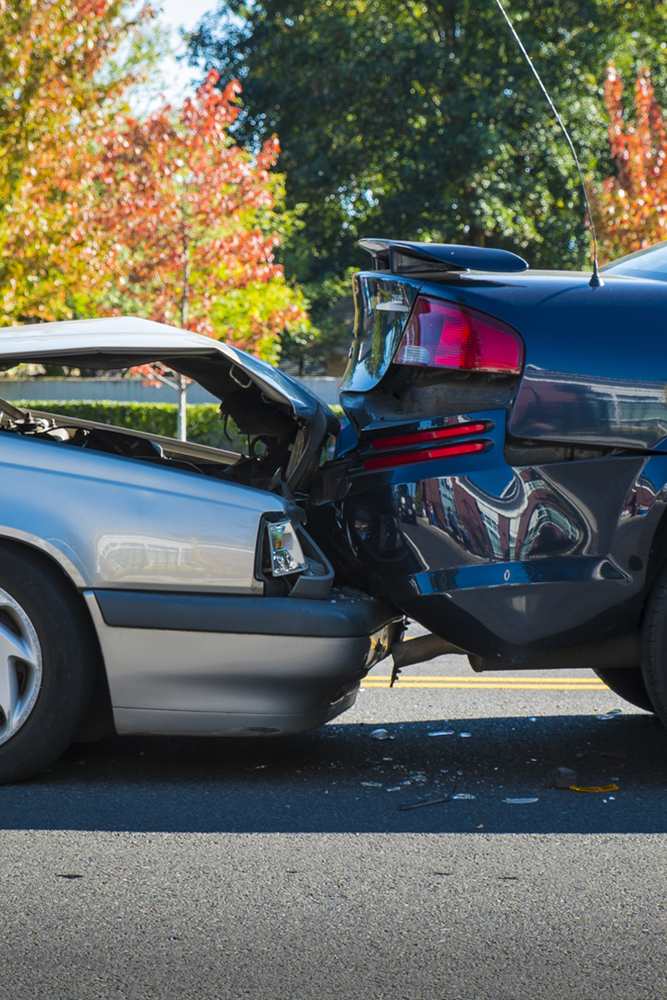
Alcohol, drugs, and cars cannot travel together. It’s as clear as that. Because this harsh reality, that of accidents caused by a few drinks and a few substances too many, always requires all our attention and must be a priority issue. Because, in other words, the lights must always be red for any toxic and unsafe behavior on the road. And it’s not just about fines, sanctions, loss of points and the installation of the anti-start breathalyzer, but —in all too many cases— it is a matter of life and death.
Despite all the existing information, the data, the warnings and the many initiatives in favor of social awareness in this regard, do we understand the risk in its fair measure or do we relativize this daily drama? “We are more aware than twenty years ago, but the presence of drugs in 50% of fatal accidents in Spain —some 1,000 a year, with 1,145 victims and 4,008 injuries in 2022— shows that we are not sufficiently aware,” points out the general director of the Fad Youth Foundation (Fad Juventud) , Beatriz Martín. To this data must be added others as terrible as those handled by the World Health Organization (WHO), according to which up to 55,000 young people between the ages of 15 and 29 die annually in Europe due to alcohol consumption, most of them in traffic accidents.
Therefore, “awareness raising and prevention campaigns are still necessary.” “We are concerned that 35.7% of young people come to recognize that in the last six months they have driven under the influence of alcohol at least once, and 3% often,” points out Martín, alluding to the study Driving and drugs. Factors underlying risk behaviors, published a few years ago by Fad Juventud together with the Mapfre Foundation.
A 2018 European Transport Safety Council (ETSC) report estimated 2,654 fatalities recorded in alcohol-related traffic accidents in 23 EU countries. A figure that, however, could be higher due to the different methods of accounting for this type of accident in the various countries studied.
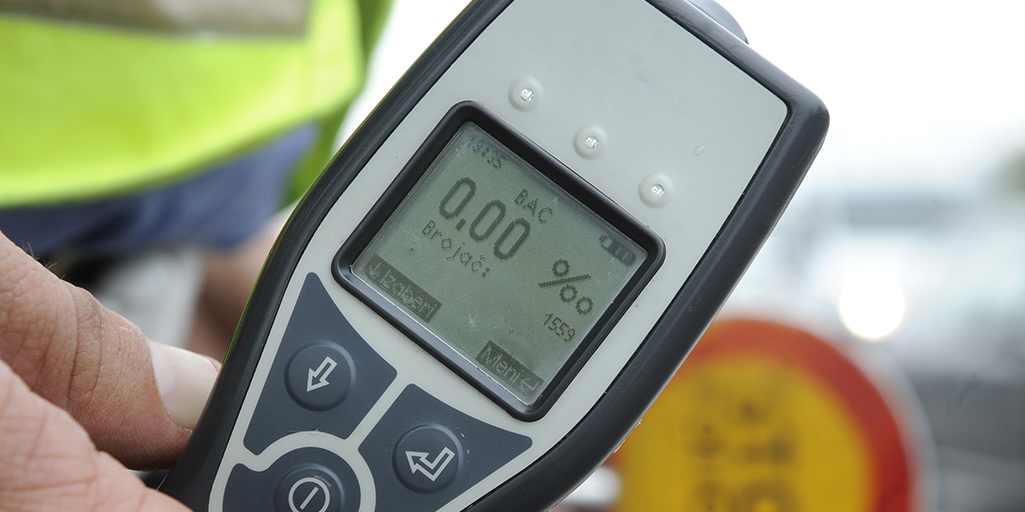
Because not everything is relative, Einstein
From the Fundación Fad Juventud they emphasize that “in the age group from 18 to 34, the most commonly-found substance among accident victims is cannabis, and there is a higher prevalence in men than in women.” The statistics become stubborn, contradictory, rough: “When we talk specifically about young people and their perception of the risk of this practice, taking up data from the abovementioned study, in which nearly a thousand young Spaniards between 16 and 30 years of age were interviewed, there is a strong rejection of substance use while driving in general”. So far, all good. But when the degree of agreement with some objectively worrying statements is raised, the high tolerance is surprising. We see relativization in the face of assumptions such as “You can only take the drugs you can handle” (13.4%) or “You can take any drug, but only in the amount you know you can handle” (12.5%). And it is also worrying that more than 8% agree that “There is no problem in taking any drug in any quantity if you can handle it” and “There is no problem in taking any drug in any quantity if you know of ways to mitigate its effects.”
Relativizing the danger is already a danger in itself. Not everything is relative in this life.
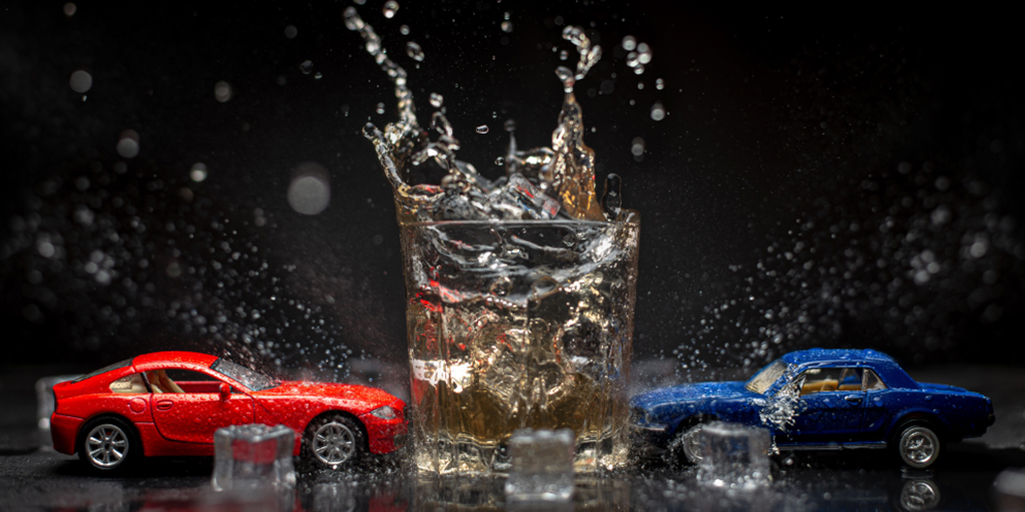
Effects of alcohol consumption
“Nothing will happen, I can handle it”… Well, it does happen. “Drinking behind the wheel decreases reaction capacity, coordination and, in addition, it disrupts perception, all of which increases the possibility of accidents,” explains Beatriz Martín. It has a direct consequence on driving: “There is a false sense of security, which means more risks are taken behind the wheel and driving is more aggressive; traffic signs are not seen clearly, distances are miscalculated and there is more sensitivity to glare; and as the ability to concentrate decreases, there is a greater probability of being distracted behind the wheel and driving with less precision and coordination.” The general director of the Fundación Fad Juventud adds, “Alcohol increases reaction time to unforeseen events and decreases reflexes, which leads to making wrong decisions in the face of danger.”
And there is still more: “The drowsiness produced by alcohol aggravates all of the above.”
So no more drinks, then.
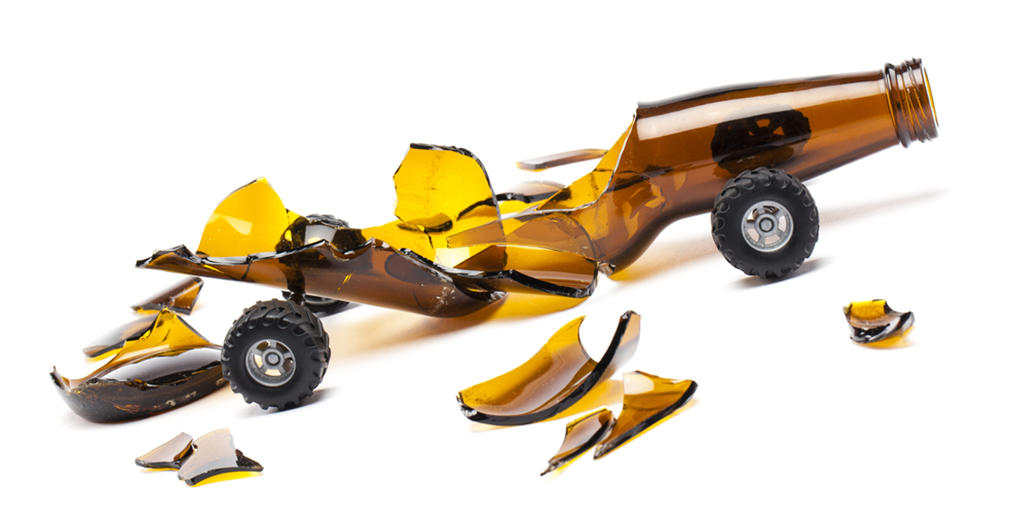
Prevention saves lives
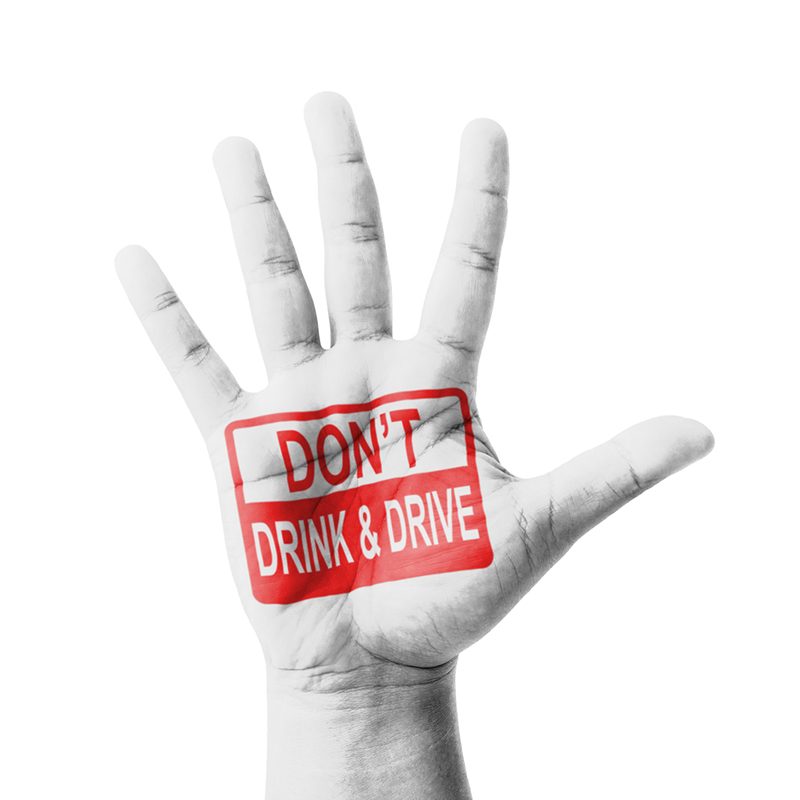
“The campaigns contribute to creating a social climate in which the perception of the risk associated with driving under the influence of alcohol and drug consumption is increased”, they tell us at Fad Juventud. The task of prevention undoubtedly makes campaigns more effective, tirelessly combining different awareness strategies: educational initiatives —to convey the real risk and the effects on self-control skills—, environmental measures —increasing the offer of public transport at night, for example— and breathalyzer controls plus traffic penalties, which are key ways to stop people from driving under the influence of drugs and alcohol.
What is beyond question is that when you are going to drive, says the expert Beatriz Martín, “limiting the consumption of alcohol and other drugs is a clearly effective preventive strategy.” There is no debate. But also, apart from the ideal option of not drinking or taking any drugs at all, there are other approaches, such as having a designated driver who takes other friends back home. “A joint strategy of all the institutions and people involved in reducing demand and controlling supply is key to continuing to reduce the damage caused by drug use among the youngest”, concludes the general director of the Fad. Something for the young and not so young to think about. For all of society.
It’s that clear: zero alcohol behind the wheel!
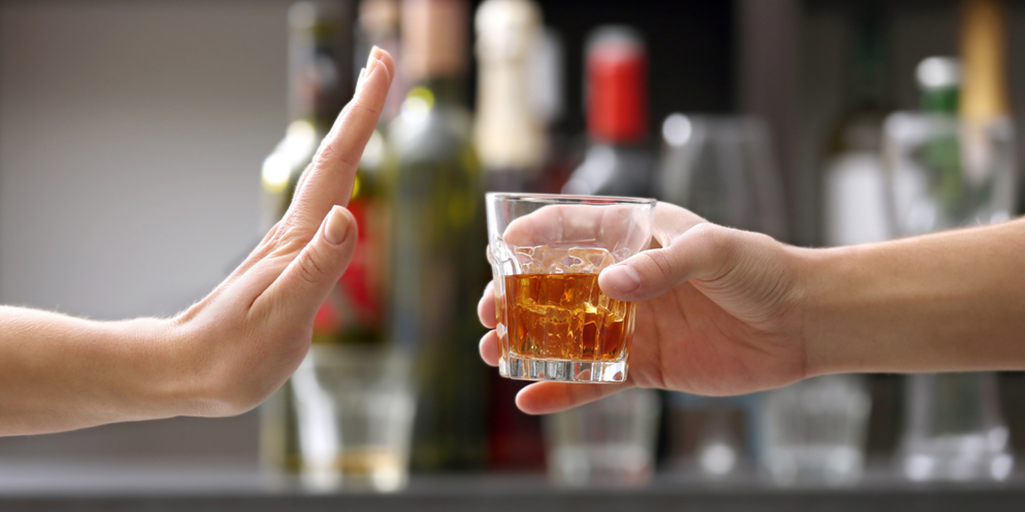
It’s that clear: zero alcohol behind the wheel!